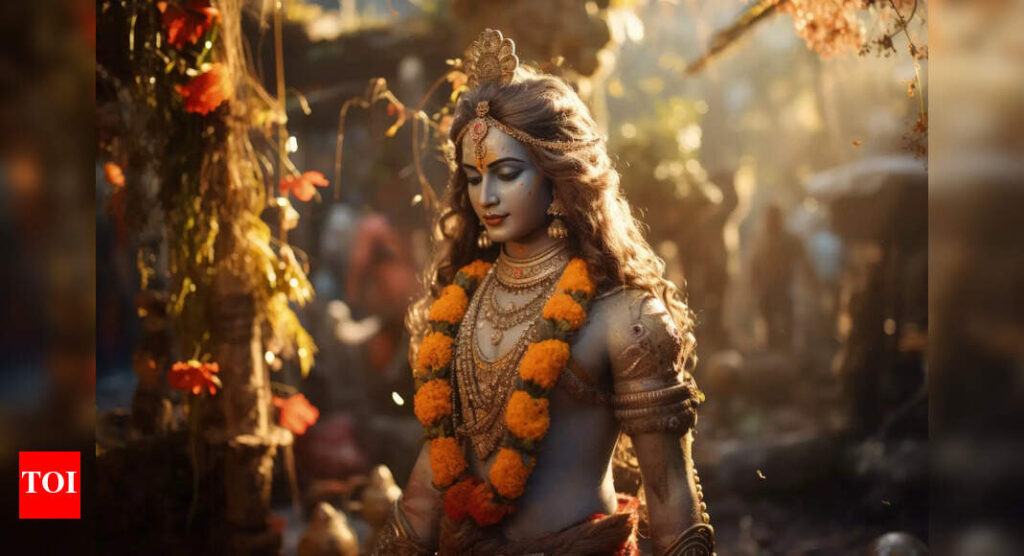Jaya-Parvati Vrata 2025: Dates, Significance, Rituals, and Spiritual Benefits

The Jayaparvati Vrat is a highly revered fasting period dedicated to Goddess Jaya, a manifestation of Goddess Parvati, who symbolizes strength, devotion, and feminine power. This vrat holds special importance, particularly in the state of Gujarat, where it is observed with great fervor and devotion by both unmarried girls and married women. In 2025, this sacred vrat begins on Tuesday, July 8, and continues for five days, concluding on Sunday, July 13. The vrat begins on the Shukla Paksha Trayodashi (the 13th lunar day of the waxing moon) and ends on Krishna Paksha Tritiya (the 3rd lunar day of the waning moon) of the Hindu month of Ashadha. This period is marked by devotion, fasting, prayer, and elaborate pujas, with the aim of seeking the blessings of Goddess Parvati for marital happiness, longevity of the husband, and overall prosperity.
The Spiritual Importance of Jayaparvati Vrat
Goddess Jaya is considered a form of Parvati, who is the consort of Lord Shiva and the embodiment of Shakti, the cosmic feminine energy. She represents patience, love, compassion, and power. The Jayaparvati Vrat is observed to honor these divine qualities and seek her grace. Unmarried girls undertake this vrata with the hope of finding a suitable and devoted husband, praying for marital bliss and harmony. Married women observe the vrat for the long life and well-being of their husbands and the overall prosperity of their families. Beyond the worldly benefits, the vrat is also a path of spiritual purification, self-discipline, and awakening.
Jayaparvati Pradosh Puja Muhurat 2025
An important aspect of the vrat is the Jayaparvati Pradosh Puja, which in 2025 falls on July 8, from 7:23 PM to 9:24 PM. This 2-hour 2-minute window is considered highly auspicious for performing special prayers and rituals dedicated to Goddess Parvati and Lord Shiva. Pradosh Vrat pujas are conducted during the twilight period (pradosh kaal), and this particular puja during the Jayaparvati Vrat is believed to enhance the spiritual potency of the fasting and prayers, ensuring that the devotee receives divine blessings in abundance.
Duration and Observance
While the traditional Jayaparvati Vrat lasts for five days, beginning on the Trayodashi Tithi and ending on the Tritiya Tithi, many devotees observe this fast continuously for five, seven, nine, eleven, or even up to twenty years, believing in the power of prolonged devotion and sustained spiritual discipline. The fasting is strict, often involving complete abstinence from grains, non-vegetarian food, and sometimes even water for the day, depending on the devotee’s capacity and tradition. The fast is broken only after performing the puja and seeking blessings on the final day.
Rituals and Practices During Jayaparvati Vrat
The vrat is observed with a combination of fasting, prayer, and ritualistic worship. Devotees wake up early, take a ritual bath, and wear clean, preferably traditional clothes. A sacred altar is prepared with the image or idol of Goddess Parvati, adorned with fresh flowers, especially red hibiscus or roses, which symbolize the goddess’s energy.The bilva (bel) leaves are an essential part of the puja, believed to be highly sacred and dear to Lord Shiva and Goddess Parvati. Offering these leaves while chanting mantras invokes their blessings. Devotees chant the Jaya-Parvati Stotra, along with other Shiva-Parvati hymns and mantras, focusing on devotion and surrender. The recital is believed to invoke divine protection, remove obstacles, and fulfill desires related to marriage, family, and well-being. Modaks, kheer, and other sweets are prepared and offered as prasad, which is later shared among family members and guests, spreading the divine blessings.
Discover everything about astrology at the Times of India, including daily horoscopes for Aries, Taurus, Gemini, Cancer, Leo, Virgo, Libra, Scorpio, Sagittarius, Capricorn, Aquarius, and Pisces.






